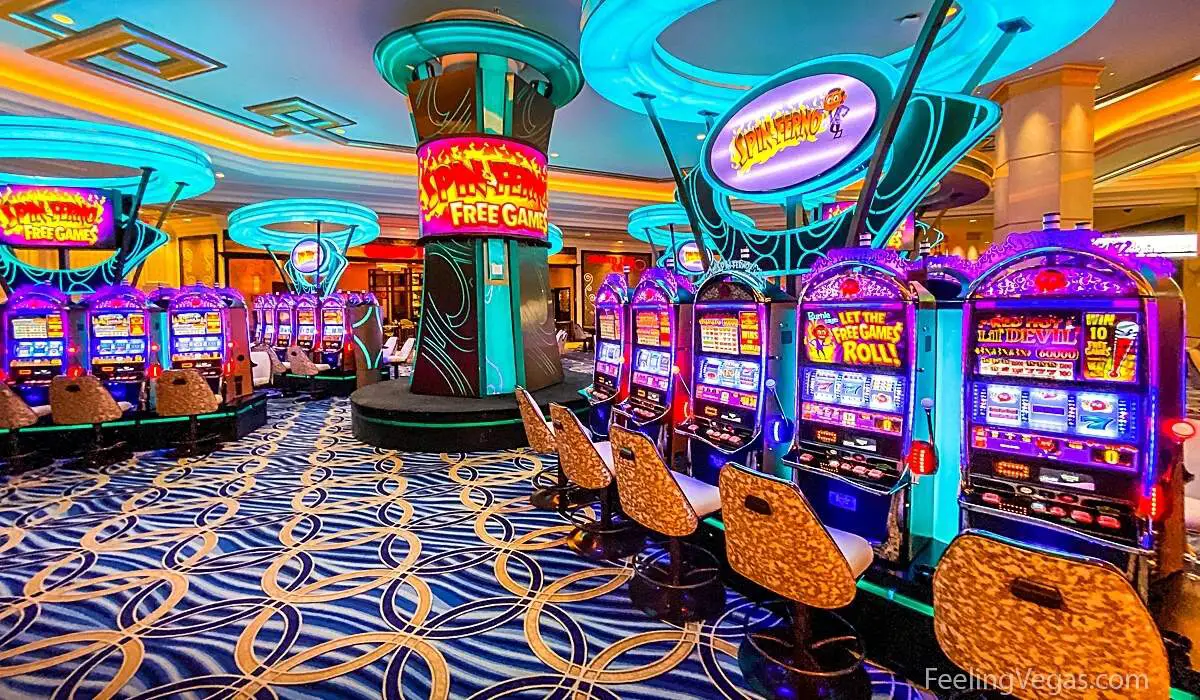
Within a lively and thrilling world of gaming establishments, where luck and strategy intertwine, hues and design play a critical role in attracting players. As soon as visitors step into a casino or log into a gaming website, they are enveloped in a visual feast that grabs their attention and lures them to explore more. Vivid colors, engaging graphics, and creative layouts are meticulously crafted to create an atmosphere of thrill and expectation, ultimately improving the gaming encounter.
As players navigate through the ever-changing landscape of casino games, they encounter a variety of designs that not only serve visual purposes but also influence feelings and choices. Colors like red and yellow symbolize riches and fortune, while soothing navy and greens can create a much relaxed environment. Grasping how these elements function together enables casinos to create an welcoming and energizing atmosphere that encourages players to interact with the games, invest more time at the tables, and increase their general enjoyment.
The Science of Tint in Gaming Establishments
Hue plays a critical role in the design of casino games, affecting player emotions and actions. Bright and vibrant hues, such as scarlet and yellow, are often used to ignite thrill and draw notice. These hues create a sense immediacy and vitality, encouraging players to involve themselves more enthusiastically with the activity. By strategically selecting tints, creators aim to elicit feelings of pleasure and anticipation, which can enhance the complete game experience.
Various shades also have psychological associations that can impact how gamblers perceive their odds of success. For example, lime is frequently associated with fortune and abundance, making it a popular choice in activities like the roulette wheel and poker tables. This link can result players to feel more positive and confident in their gaming, ultimately inspiring them to stake more. Comprehending these connections allows game developers to design environments that enhance player happiness and engagement.
Furthermore, the layout of casino game interfaces often employs blended colors and opposing colors to instruct players’ responses. For example, successful outcomes may be highlighted with bright, contrasting shades, creating a visual incentive. This technique strengthens positive outcomes and encourages repeated engagement. By utilizing the science of color, gambling establishments can design games that not only attract participants but also maintain them involved and committed in their gaming experience.
Design Features that Engage Gamers
The aesthetic appeal of casino games is primarily influenced by the use of vibrant colors. Bright and contrasting colors are strategically chosen to create an appealing atmosphere that captures attention. For example, reds and golds often signify good fortune and prosperity, which is why they are prevalent in the color schemes of gaming machines and game surfaces. These colors not only attract players in, but they also stir emotions associated with excitement and anticipation, enhancing the overall gaming experience.
In parallel to color, the aesthetic and organization of gambling games play a significant role in player attraction. Games are designed to be intuitive, ensuring that players can quickly understand the rules and gameplay. Accessible interfaces, along with engaging graphics and animations, help maintain gamer interest and promote extended play sessions. casino non AAMS The physical elements, such as the feel of the buttons and the sounds of the games, also add to a holistic sensory experience that keeps players immersed.
In conclusion, thematic elements in game design can greatly influence gaming decisions. Many casino games are inspired by popular culture, fairy tales, or adventure themes, incorporating symbols and characters that connect with players. These themes create a sense of engagement and relatability, making each game feel distinct. When players feel a bond to the concept, they are more likely to opt for that game over others, leading to higher participation and excitement within the gambling environment.
Case Studies: Effective Casino Table Game Designs
One noteworthy example of successful casino game design is the acclaimed slot machine series based around hit movies. Games such as those based on the Wizard of Oz and Game of Thrones utilize vibrant colors and superior graphics to engage players in familiar narratives. The use of moving visuals and engaging sound effects grabs the interest of players, building an emotional connection to the theme. This strategy merely fosters longer play but also improves the overall gaming experience, yielding increased player retention.
Another notable case is the application of the psychology of color in table games like blackjack and the wheel. Casinos often develop these games with dark reds and greens, colors traditionally associated with luck and wealth. For instance, the green felt on a blackjack table provides a soothing effect, while the crimson accents in roulette invite excitement. This intentional use of color helps to establish an inviting atmosphere that encourages players to engage, fulfilling their psychological impulses and boosting their enjoyment.
Finally, social casino games that include social features and bright, lively designs have experienced remarkable success in engaging players. Games like Zynga’s Poker and Slotomania leverage striking colors and playful animations to create an inviting online environment. The inclusion of leaderboards, community sharing options, and in-game rewards promotes competition and community, pulling players in for longer sessions. Such designs not just make the games visually appealing but also emphasize community engagement, a crucial factor in player retention and engagement within digital casino environments.